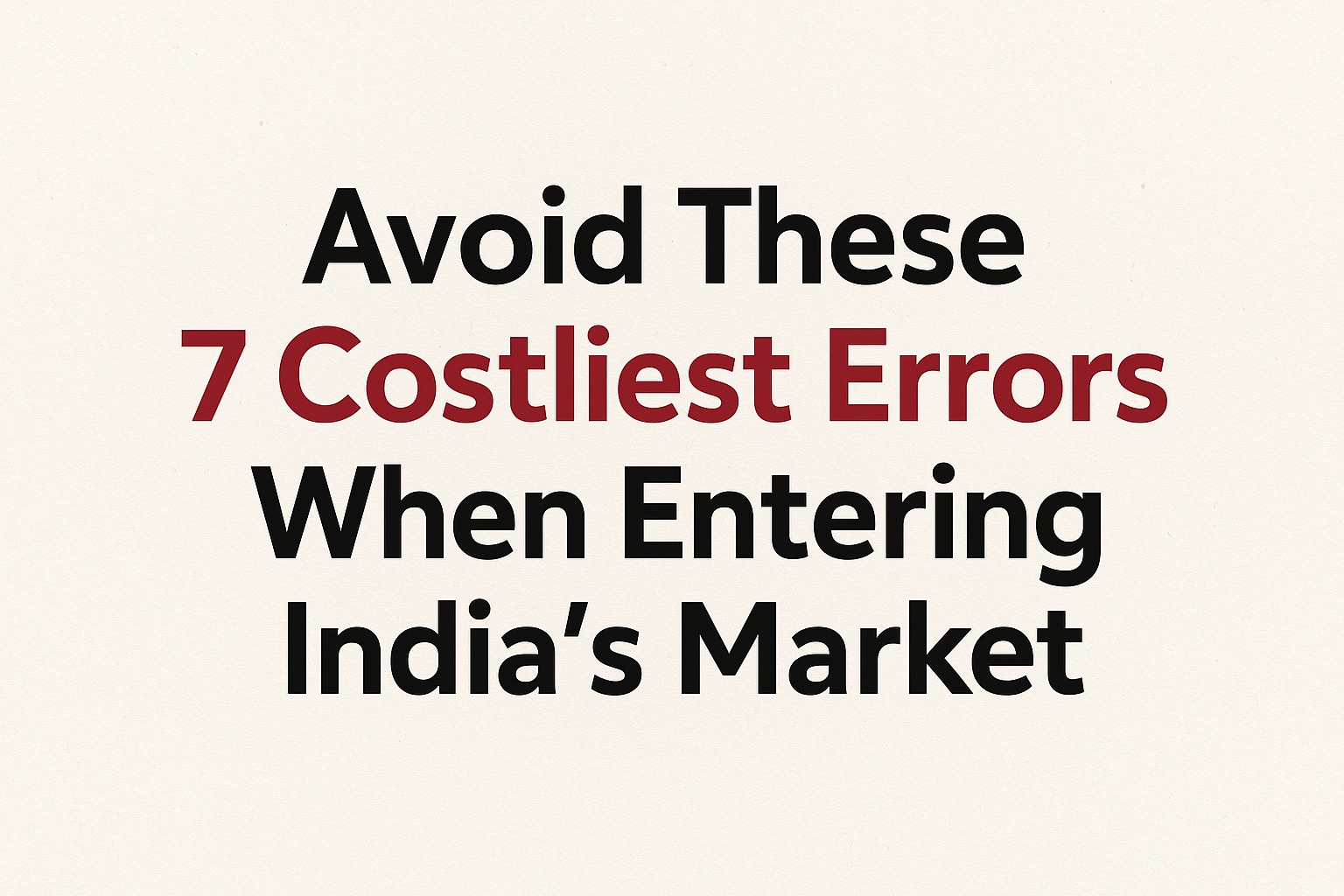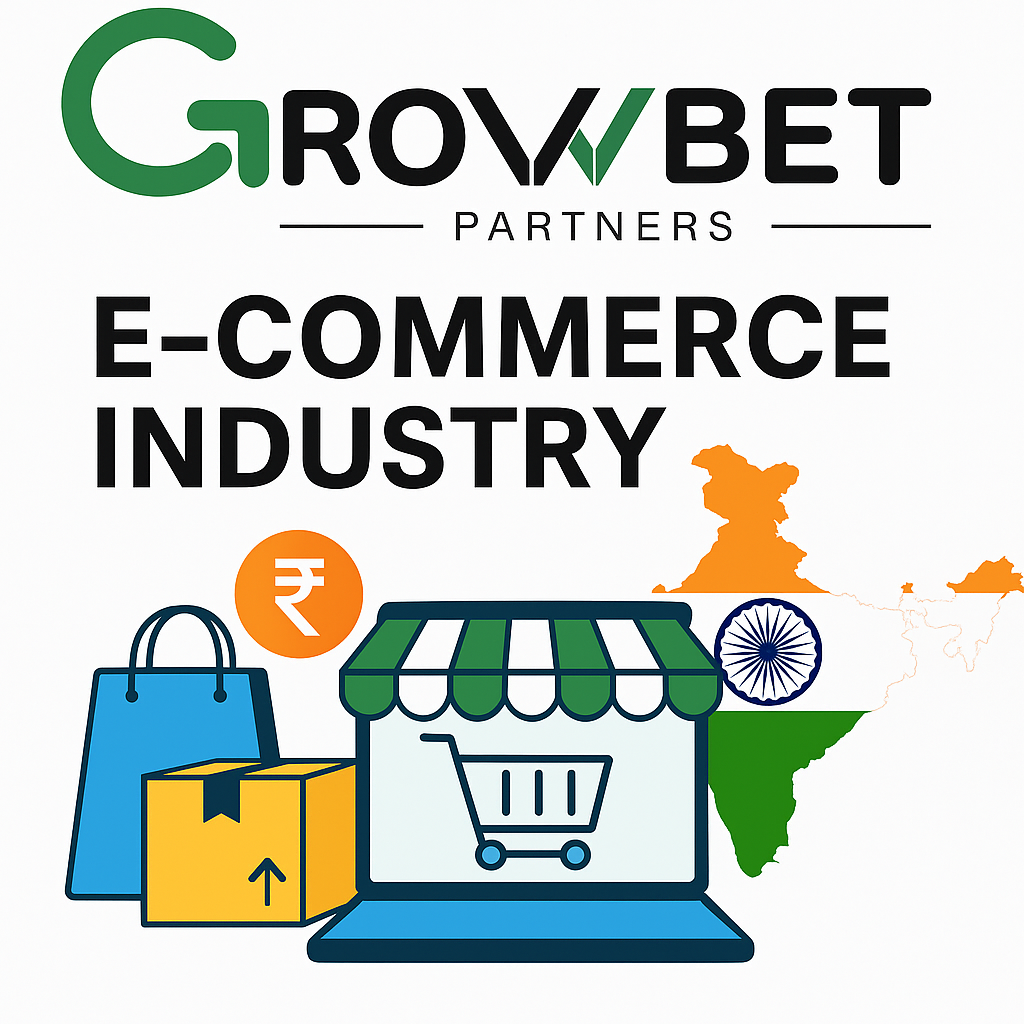
Market Entry Strategy Analysis: A Key to Successful Expansion
Entering a new market is a major strategic move that requires careful planning and evaluation. A well-executed market entry strategy can determine whether a company thrives in a new region or struggles with unforeseen challenges. India Market entry strategy analysis is the process of evaluating all key variables that influence a successful expansion — economic, legal, cultural, and competitive.
The first step is understanding the target market: size, growth potential, customer needs, and local trends. Businesses must assess regulatory environments, trade policies, and ease of doing business to avoid legal and operational roadblocks. Cultural and language differences also play a critical role, influencing customer behavior and marketing approaches.
Companies must then evaluate different entry modes, such as exporting, licensing, joint ventures, or establishing wholly-owned subsidiaries. Each approach has trade-offs in cost, risk, speed to market, and control. For example, joint ventures offer local expertise but limit independence, while direct investment provides control at higher cost and risk.
Competitive landscape analysis is essential. Understanding local and international competitors, pricing models, and customer expectations helps define a winning value proposition. Equally important is identifying the right go-to-market strategy, including distribution channels, partnerships, and digital presence.
A sound market entry strategy analysis helps companies reduce risk, allocate resources efficiently, and increase their chances of long-term success. With growing globalization, startups and multinationals alike need a structured approach to international expansion.
Discover effective market entry strategies for startups. Learn how to assess markets, minimize risks, and build a winning go-to-market plan. Perfect for founders, entrepreneurs, and growth teams.
What Is a Market Entry Strategy?
A market entry strategy is a structured plan that outlines how a company will deliver its product or service to a new market. This includes selecting the target market, defining the business model, evaluating competition, and determining the best approach for distribution, pricing, and localization.
Without a solid strategy, startups risk wasting time, money, and resources trying to enter markets that aren’t viable — or launching in ways that don’t resonate with local audiences.
Why Startups Need a Market Entry Strategy
Startups face unique challenges compared to established firms: limited resources, lack of brand awareness, and fewer customer insights. A well-defined market entry strategy helps mitigate these risks by:
Validating product-market fit
Aligning resources with high-impact channels
Identifying regulatory or cultural barriers
Establishing a scalable growth model
Key Factors to Consider Before Entering a New Market
Before choosing an entry strategy, startups should assess the following:
1. Market Size & Demand
Look at TAM (Total Addressable Market), SAM (Serviceable Available Market), and SOM (Serviceable Obtainable Market). Is there sufficient demand?
2. Customer Behavior
Understand local buying habits, cultural preferences, and pain points. Conduct surveys, focus groups, or interviews to gather insights.
3. Regulatory Environment
Check for import/export restrictions, legal compliance, data protection laws (e.g., GDPR), and industry-specific regulations.
4. Competitive Landscape
Analyze existing players — both direct and indirect competitors. Use tools like SWOT analysis or Porter’s Five Forces.
5. Cost Structure
Factor in operational costs, taxes, labor costs, and marketing expenses. Is it sustainable?
Top Market Entry Strategies for Startups
1. Direct Exporting
Startups sell products directly into a foreign market from their home country.
Best for: Product-based startups with e-commerce capabilities
Pros: Low investment, minimal setup
Cons: Limited control over local marketing and logistics
2. Partnerships or Strategic Alliances
Collaborate with a local company for distribution, marketing, or technology integration.
Best for: SaaS, healthtech, and fintech startups
Pros: Access to established customer base
Cons: Potential conflicts over control or revenue share
3. Franchising or Licensing
Allow a third party to use your business model, brand, or technology under license.
Best for: Scalable models like food & beverage or edtech
Pros: Quick expansion, low capital investment
Cons: Less control over customer experience
4. Joint Ventures (JV)
Create a new entity with a local partner where both parties share ownership.
Best for: Capital-intensive startups (EVs, deeptech, medtech)
Pros: Shared risk and local expertise
Cons: Legal complexities, cultural mismatches
5. Greenfield Investment (Full Ownership)
Build your own operations from the ground up in a new market.
Best for: Well-funded startups seeking long-term control
Pros: Full autonomy, brand consistency
Cons: High cost, slow time to market
6. Digital-First Market Entry
Use digital marketing, influencer partnerships, and online sales channels (like Amazon, Shopify, or local marketplaces) to test and scale.
Best for: D2C brands, SaaS, or content platforms
Pros: Fast, low-cost, scalable
Cons: Needs strong digital marketing and analytics expertise
Contact Us
Office No 6, Unit 402, Level 4,
Crystal Tower, Business Bay,
PO Box 445190 Dubai, United Arab Emirates
Mobile: +971 55 9744360 | Phone: +971 4 566 8869
Website : https://www.glasgowinsights.com




















Write a comment ...